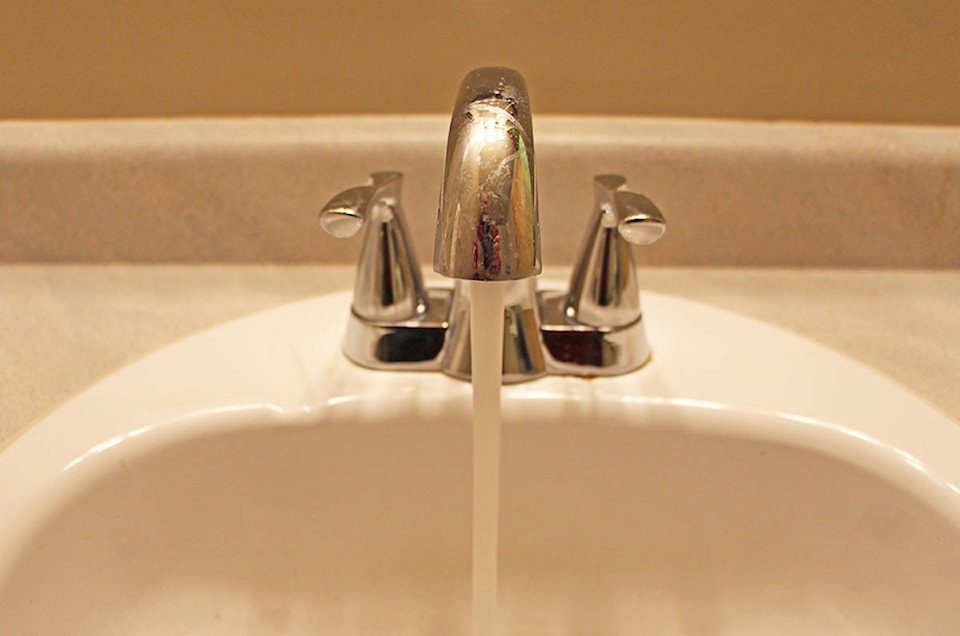Even rainforests can run out of water if carelessness sinks in.
Tofino’s driest months are also it’s busiest, meaning the strain on the community’s water system hits the hardest when its reserves are the lowest.
“The assumption is of course that Tofino gets tons of rain, so water can’t be an issue,” Tofino’s Director of Infrastructure and Public Works Fraser Work told the Westerly News. “When you learn more about it, you realize that there is this very delicate water supply…It is not an inexhaustible supply, it’s really a very, very constrained, limited supply of water. The irony is not lost on me where everyone associates Tofino with rainfall and being a very wet subtropical rainforest but, in the summer months, we have drought issues and people need to be aware of that.”
While the district is a far cry away from seeing the 2006 disaster reemerge and Work is confident the town’s current Stage 2 water restrictions are more likely to drop down to Stage 1 than be buoyed up to Stage 3, he said it’s vital that residents and tourists understand how fragile the community’s water supply is.
“The only way that we really conserve as a community is if everybody pitches in. I think the community is aware that, during the high peaks of tourist season, the accommodations, restaurants, industry and commercial sectors do require a lot of water to service the tourism,” he said. “Essentially, every drop counts. The fact is that, if we dip below healthy water levels and the restrictions go quite severe, it’s a heavy burden for everybody to carry and potentially has negative impacts on our ability to maintain a reasonable quality of life.”
Tofino’s Stage 1 water restrictions are automatically activated every May, but Stage 2 and beyond are judgement calls made by the district office. During the current Stage 2 restrictions, outdoor watering is prohibited, including washing vehicles, boats, kayaks, surfboards and wetsuits. Hot tubs and pools are also prohibited from being filled.
“Having the restrictions in place should help to awaken everybody to the fact that water is in limited supply and we’ve got to be careful,” Work said.
Tofino’s water supply is based on four creeks on Meares Island and if those sources start dropping without being replenished, further restrictions are needed.
Work said Tofino’s average rainfall in July is about one tenth of what it is in January and the district tries to deter water use through restrictions as well as community engagement tools like the 20 per cent Challenge. He added that, beyond the obvious required sustenance, water is needed to keep the town’s hospital, fire crew and economy running.
“If everybody does our part, then we can stretch our limited resources the furthest. If everybody kind of shirks it or some people don’t do their part, then that means we have to either make more severe interventions or we have to make bigger [infrastructure] investments than we would have otherwise, which is a burden for everyone to carry as well,” he said. “We’re all in it to win it and, if everybody pulls in the same direction, we can actually make that water last the longest.”
He added that Tofino’s water won’t be getting any less precious in the future.
“With droughts being more commonplace in the years to come, it’s actually going to get harder for us, not easier for us, to conserve. So, we’re going to have to all pull together as a community and make it happen,” he said.
andrew.bailey@westerlynews.ca
Like us on Facebook and follow us on Twitter
READ MORE: Ucluelet pursues $8M water upgrade
READ MORE: Ucluelet eyes Kennedy Lake as potential water source for growing community
READ MORE: Water restrictions hit Tofino
